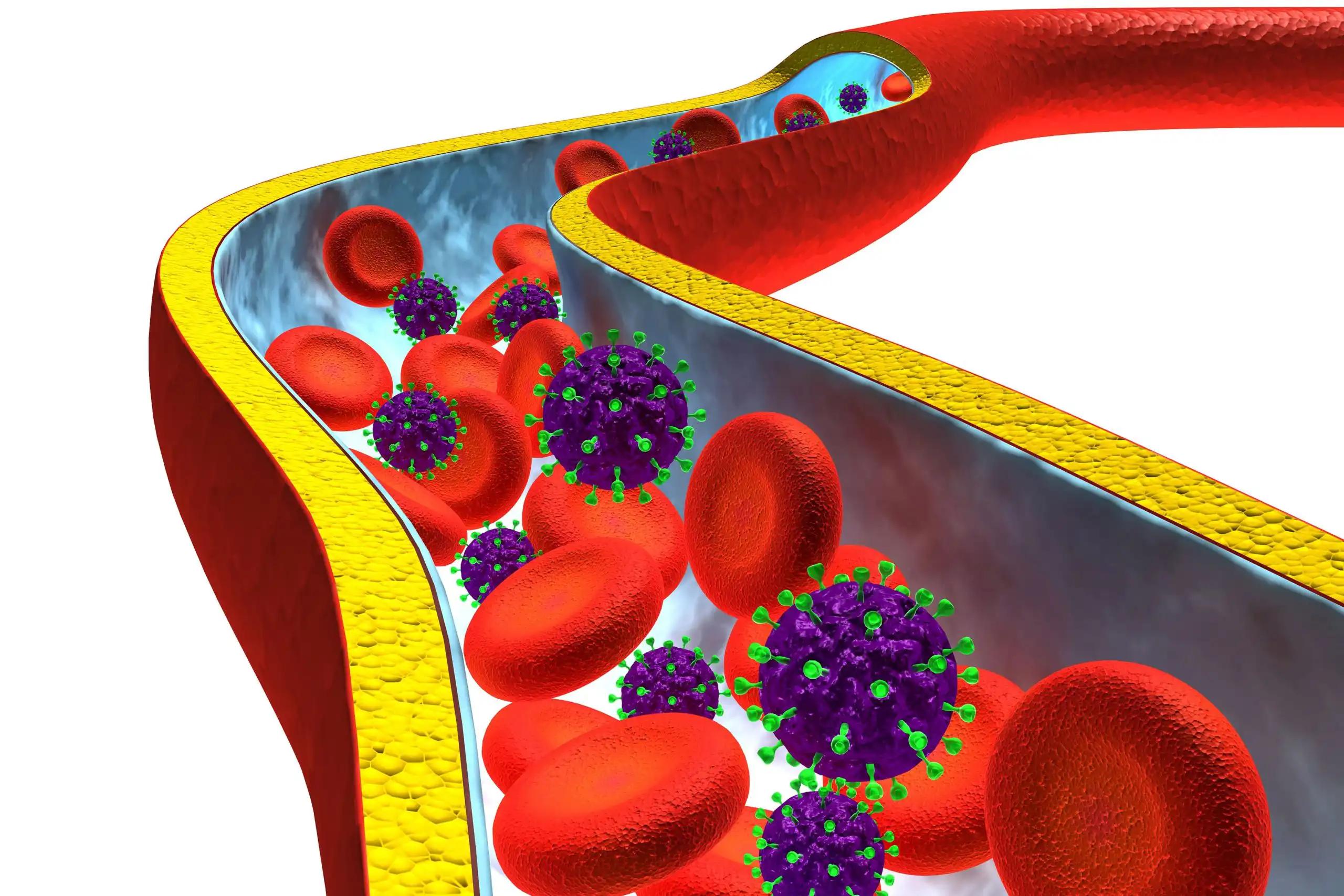KEY TAKEAWAYS
- The study aimed to investigate the unbiased prognostic value of BRCA1-related biomarkers in young, chemotherapy-naïve TNBC patients.
- Researchers noticed distinct outcomes in TNBC patients, forming a risk classification and combining sTILs and BRCA1 status for personalized adjuvant treatment optimization.
Chemotherapy is extensively used in young triple-negative breast cancer (TNBC) patients, raising uncertainties about the unbiased prognostic significance of BRCA1-related biomarkers and their potential impact on the established prognostic value of stromal tumor-infiltrating lymphocytes (sTILs).
Yuwei Wang and her team aimed to elucidate these uncertainties by comparing outcomes in young, node-negative, chemotherapy-naïve TNBC patients based on BRCA1 status while considering sTILs.
Researchers performed an inclusive analysis involving 485 Dutch women diagnosed with node-negative TNBC under age 40 between 1989 and 2000. In this low-risk period without chemotherapy, BRCA1 status (germline BRCA1 mutation [gBRCA1m], somatic BRCA1 mutation [sBRCA1m], and tumor BRCA1 promoter methylation [BRCA1-PM]) was assessed using DNA from formalin-fixed paraffin-embedded tissue. sTILs were evaluated following international guidelines. Patients’ outcomes were compared utilizing Cox regression and competing risk models.
About 399 patients with BRCA1 status were analyzed, revealing 26.3% with gBRCA1m, 5.3% with sBRCA1m, 36.6% with tumor BRCA1-PM, and 31.8% with BRCA1-non-altered tumors. Compared to BRCA1-non-alteration, gBRCA1m was associated with worse overall survival (OS) from the 4th year after diagnosis (adjusted HR, 2.11; 95% CI, 1.18-3.75), with attenuation after adjusting for second primary tumors. Each 10% increment in sTILs was linked to 16% higher OS (adjusted HR, 0.84; 95% CI, 0.78-0.90) in gBRCA1m, sBRCA1m, or BRCA1-non-altered patients, and 31% higher OS in tumor BRCA1-PM patients.
Among 66 patients with tumor BRCA1-PM and ≥ 50% sTILs, a remarkable 15-year OS of 97.0% (95% CI, 92.9-100%) was observed. Conversely, among 61 patients with gBRCA1m and < 50% sTILs, a poor 15-year OS of 50.8% (95% CI, 39.7-65.0%) was noted. Additionally, gBRCA1m was associated with a higher adjusted subdistribution hazard ratio (HR) for the incidence of second primary tumors (adjusted subdistribution HR, 4.04; 95% CI, 2.29-7.13), while tumor BRCA1-PM was associated with lower incidence (adjusted subdistribution HR, 0.42; 95% CI, 0.19-0.95), compared to BRCA1-non-alteration.
The study concluded that despite gBRCA1m and tumor BRCA1-PM affecting BRCA1 gene transcription, they exhibit distinct outcomes in young, node-negative, chemotherapy-naïve TNBC patients. Integrating sTILs and BRCA1 status facilitates risk classification, identifying potential subgroups for personalized adjuvant treatment optimization and intensification.
The study is sponsored by The Netherlands Cancer Institute and was supported by an institutional grant of the Dutch Cancer Society and the Dutch Ministry of Health, Welfare, and Sport , A Sister’s Hope, and the Breast Cancer Research Foundation.
Source: https://pubmed.ncbi.nlm.nih.gov/38191387/
Wang Y, Dackus GMHE, Rosenberg EH, et al. (2024). Long-term outcomes of young, node-negative, chemotherapy-naïve, triple-negative breast cancer patients according to BRCA1 status. BMC Med. 2024 Jan 9;22(1):9. doi: 10.1186/s12916-023-03233-7. PMID: 38191387; PMCID: PMC10775514.



